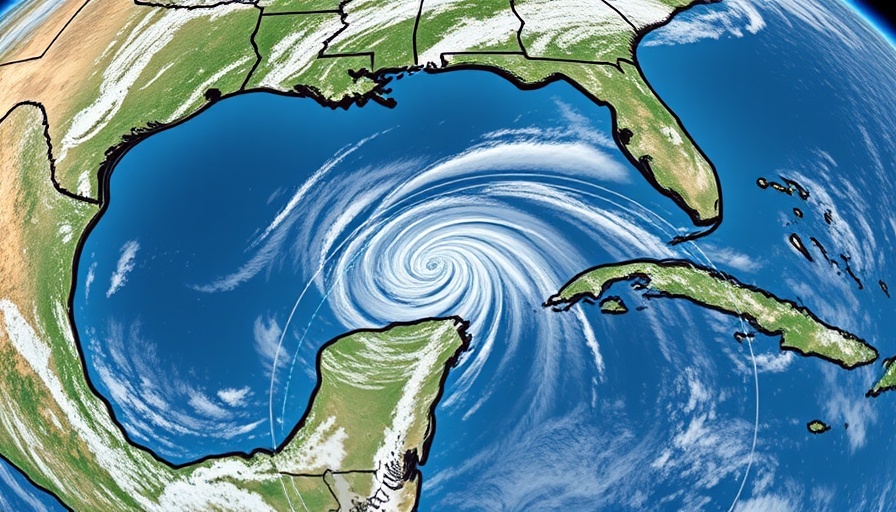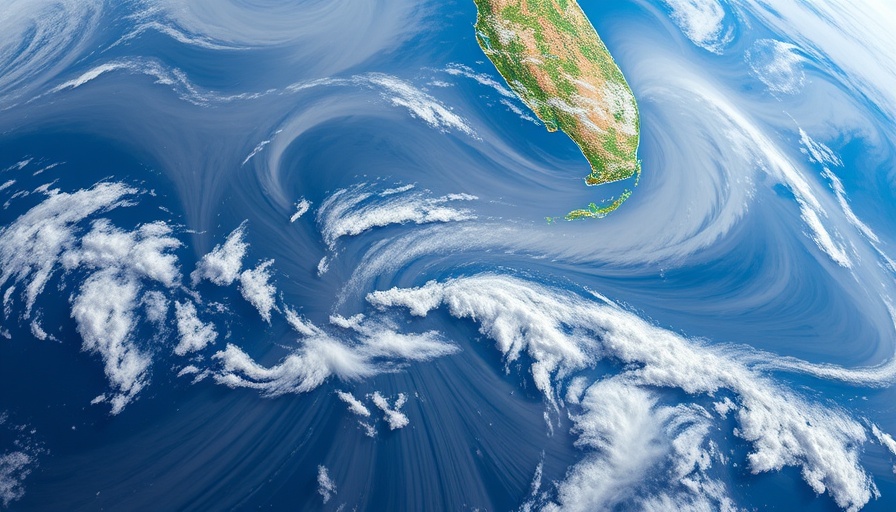
The Gulf Coast Faces Weather Vigilance Amid Foreboding Signs
As the summer heat swells, the Gulf of America has once again become the epicenter of attention for meteorologists and residents alike, with the National Hurricane Center actively monitoring a system that may evolve into a tropical cyclone. Despite the current assessment giving only a 10% chance of cyclone formation, the implications of unrelenting rain and potential flooding weigh heavily on communities still reeling from recent storms.
Understanding the Potential System: What’s Happening?
A trough of low pressure, lingering near the southeastern U.S. coast, is producing erratic showers and thunderstorms. This disorganization may soon shift, pushing the system westward into the north-central Gulf. Although the forecast anticipates minimal development, the sheer possibility of heavy rainfall adds a layer of concern, particularly for regions in Texas and Louisiana, which are already saturated from previous storms.
The Broader Impact of the Tropical Season
As the Atlantic Hurricane Season unfolds, which runs from June 1 through November 30, weather experts emphasize the importance of preparedness. The season has already seen the formation of storms Andrea, Barry, and Chantal, with the next named storm on track to be called Dexter. It is critical that coastal communities stay informed and take precautionary measures as conditions evolve.
The Challenge of Flooding: A Looming Concern
Even without a tropical cyclone forming, the accompanying heavy rainfall can exacerbate existing flood conditions. The National Hurricane Center warns that both Florida and the northern Gulf Coast should be vigilant as local drainage systems may struggle to manage the influx of water. For many residents, the developing weather scenario feels like a déjà vu experience, as they grapple with the fallout from a season that has already challenged their resilience.
The Importance of Staying Updated
For those living along the Gulf, it is imperative to stay connected to updates from the National Hurricane Center as well as local weather forecasts. Monitoring the situation not only prepares individuals for personal safety but also fosters community response, ensuring that families are ready to handle unexpected changes in their environment.
As we head into a potentially turbulent weekend, awareness and preparation will be key. Residents should keep an eye on the forecasts, remain informed regarding developments, and adhere to any advisories issued by weather authorities.
 Add Row
Add Row  Add
Add 




Write A Comment